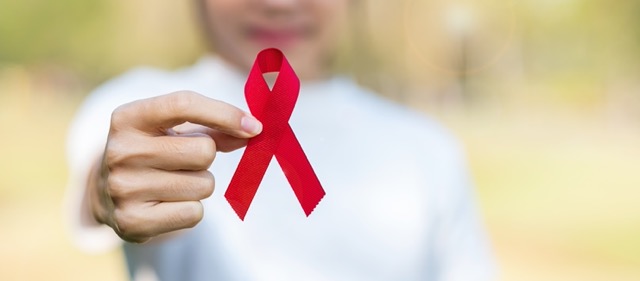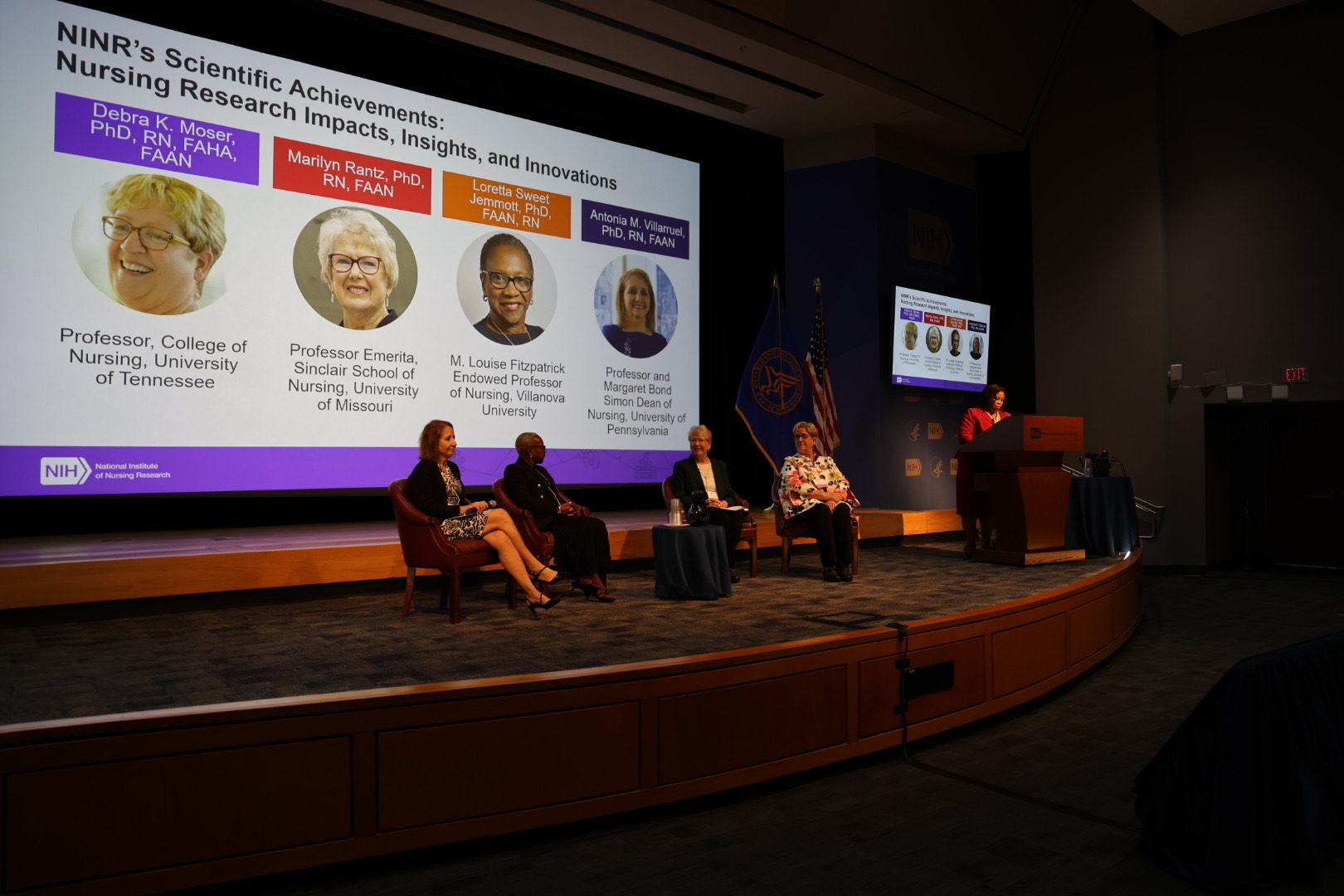For Robert Zukowski, it has been extremely concerning to live in South Florida, a geographic area with the highest risk of contracting HIV in the United States.
Zukowski, 58, said he takes a daily dose of a highly effective HIV prevention medication, Descovy. He shared his struggles with consistent use of a daily pill to keep himself safe.
“Sometimes I’ve missed doses, and when I do, I get really worried,” said Zukowski, a gay man and licensed massage therapist in South Florida.
Recent data from the Centers for Disease Control and Prevention (CDC) revealed that maintaining use of daily prevention medication is difficult, and consistent use over time is challenging with 50% of users stopping oral medications within six to 12 months.
Miami-Dade County is the leading county for new HIV infections in the United States, with men who have sex with men being the most affected.
Missing doses of oral HIV prevention medications or stopping use altogether significantly increases the risk of acquiring HIV . Poor adherence to HIV prevention medications has been associated with treatment cost barriers.
In August of 2025, the House Appropriations Committee proposed cutting HIV prevention and treatment funding by $2 billion for fiscal year 2026, which would eliminate all HIV prevention programs in the United States. Experts warn the cuts would lead to a sharp increase in new infections.
“These proposed cuts are not just misguided — they are deadly,” said Harold Phillips, CEO of the National Minority AIDS Council and former director of the White House’s Office of HIV Policy, in an interview with the Click
Contrary to the proposed federal budget cuts, the CDC issued updated national HIV prevention guidelines in September. They recommend using a long-acting injectable medication, Lenacapavir, marketed as Yeztugo. Essentially, two injections annually protect at-risk individuals from HIV. Advocates argue that broader use of Yeztugo would advance efforts to end new HIV infections in the United States. However, critics contend that the drug is too expensive, costing $28,000 per year, resulting in barriers to access.
Zukowski, who is also a community education specialist, said he worries that federal cuts will make it impossible for him to afford any prevention medication.
“The risk is real,” he said, adding, “gaining access to Yeztugo would be a game-changer because I’d have a full six months of protection, but I can’t afford it, and my Affordable Care Act insurance will not cover injectables.”


